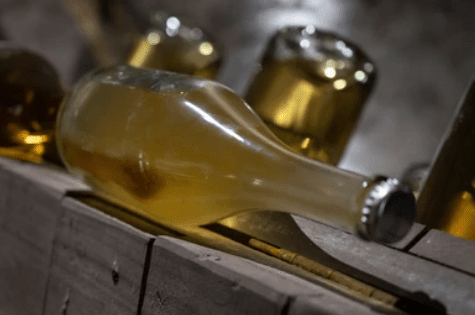The following method are commonly used for evaluating the physical stability of suspensions
Table of Contents
Methods of Physical Stability of Suspensions
Sedimentation Method
The measurement of sedimentation volume is the most important parameter in the evaluation of the stability of suspensions. it is determined by keeping a measured volume of the suspension in a graduated cylinder in an undisturbed position for a definite period of time and noted the ultimate height (Hu) of the sediment and the initial height of the total suspension. The Sedimentation volume F is the ratio of the ultimate height and initial height. (Hu/Ho). The sedimentation volume can be plotted against time. The graph indicates the sedimentation pattern of suspension on storage. A stable suspension shows a horizontal or less steep curve. The evaluation of redispersibility can also be determined by shaking the suspension and again finding out the sedimentation volume (Hu/Ho).
Micromeritic Method
The stability of a suspension depends on the particle size of the dispersed phase. The size of the particle in a suspension may grow and may ultimately lead to the formation of lumps or caking. So any change in particle size with reference to time will provide useful information regarding the stability of a suspension. A change in particle size distribution and crystal habit may be studied by microscopy and coulter counter method.
Rheological Method
The viscosity of the suspension is studied at different time intervals by using a good-quality viscometer. It provides useful information about the stability of the suspension.
Electrokinetic method
The determination of the surface electric charge or zeta potential of suspension is helpful to find out the stability of the suspension. Certain zeta potentials produce more stable suspensions because of controlled flocculation. Zeta potential can be calculated from the migration velocities of the particles measured by the electrophoretic method.
Dry powder for reconstitution, mention examples
Generally reconstitute (or) compounding drugs that are in a dry powder form. Such as antibiotics, which lose their potency in a short period of time after being prepared in a liquid dosage form. When it is mixed with solution (solvent), they are unstable for long time. It is convenient to infants. children and adults also.
Caution: When it is prepared, the active constituents are stable for 24 hours only, otherwise kept refrigerator use 7-14 days (or) labeled time on dispensing of the preparation.
Examples:
1. Taxim-o Dry Syrup (Antibiotic)
2. Clavum Dry Syrup
3. Monocet IV/IM injection etc.
Also, read: What is a primary emulsion
